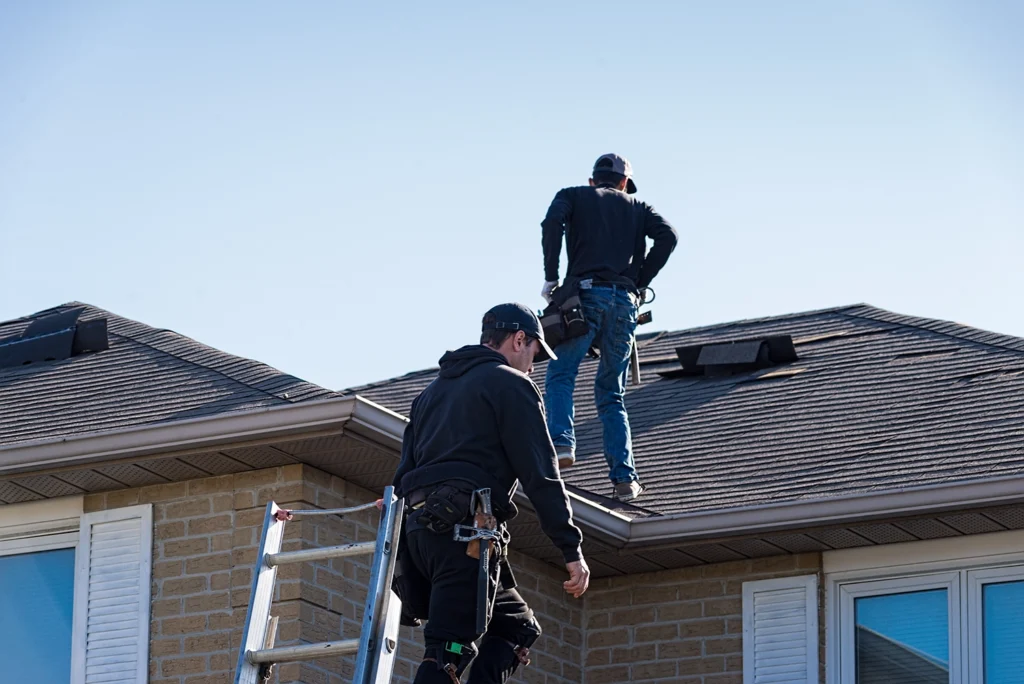A Roofing Owner’s Journey: From Frustration to Fortune with Virtual Assistants

Rain pelted the windows of Rick’s office as he stared at the growing stack of complaints, unprocessed orders, and negative online reviews. As the owner of a reputable roofing company with 19 salespeople under his wing, he’d dreamt of scaling to the top. But the dream was now obscured by clouds of operational chaos.
The Pain of Scale
Rick had always been proud of his team’s capacity to sell. Each salesperson, on average, was bringing in $1.6 million annually. Yet, despite these impressive figures, the office was constantly embroiled in a whirlwind of task-oriented work. His top-performing salespeople were bogged down with administrative duties, pulling them away from what they did best—selling.
The situation took a darker turn when their top seller, Jenna, handed in her resignation, citing “job dissatisfaction” as her reason. The murmurs were becoming clearer; a significant chunk of his team was disillusioned. They hadn’t signed up to juggle paperwork; they’d come aboard to forge connections and close deals. The attrition rate, a staggering 60%, was the writing on the wall.
And as the company scaled, another monster reared its head: deteriorating customer satisfaction. The irony wasn’t lost on Rick. As his salespeople were closing more deals, the pile-up of after-sales tasks meant that customers were often left in the lurch. Delays, miscommunication, and errors were becoming the norm, resulting in a barrage of negative reviews.
The Light at the End of the Tunnel
Then came the turning point. An old college friend introduced Rick to SMA Support and the transformative potential of virtual assistants (VAs). The promise was simple: hand over the repetitive, task-oriented work to expert VAs and let your sales team do what they do best.
Within weeks, the impact was palpable. Those 9 hours each salesperson had been losing weekly to non-selling activities? They were now back in the field, cultivating relationships, and closing more deals.
Reaping the Rewards
If we break it down, Rick’s team getting back 9 hours a week translates to 36 hours a month. That’s essentially a full workweek back every month! If a standard salesperson would generate approximately $133,333. With nearly a full week back each month for purely sales activities, the potential growth is astounding. It’s not unrealistic to predict at least a 15% bump, translating to an extra $20,000 per salesperson per month, or $240,000 annually. Suddenly, Rick’s salespeople were selling $1.8 million per year, an additional $4.5 million across his entire team.
The lead response improvement was another boon. Slashing response times from 16 hours to an astonishing 22 seconds meant that more leads were converted. Industry studies show that responding within a minute can boost conversion rates by up to 391%. For a business averaging $1.6 million per salesperson, that’s a potential jump of $624,000 annually for each representative, or another $10 million across the organization.
Now, considering the veteran vs. new salespeople metrics: Industry figures indicate that seasoned salespeople typically outperform new hires by up to 60%. This means, instead of new salespeople potentially generating $960,000 (60% of $1.6 million), with the support of VAs and reduced attrition, these figures could approach the $1.6 million mark or even more.
Cumulatively, between the reclaimed selling hours, improved lead response, and retention of seasoned salespeople, Rick’s company was looking at an estimated additional revenue of over $18 million annually.

